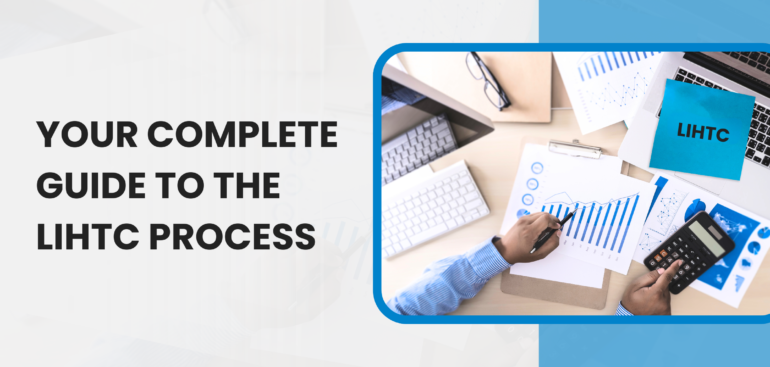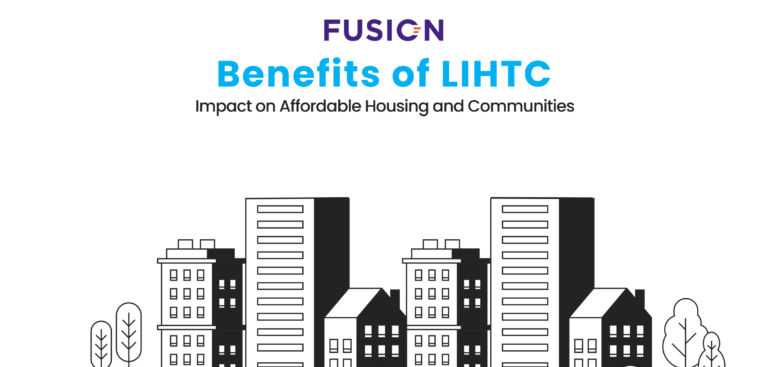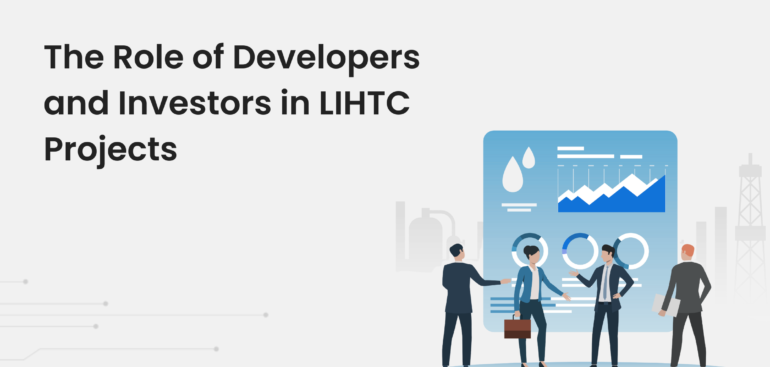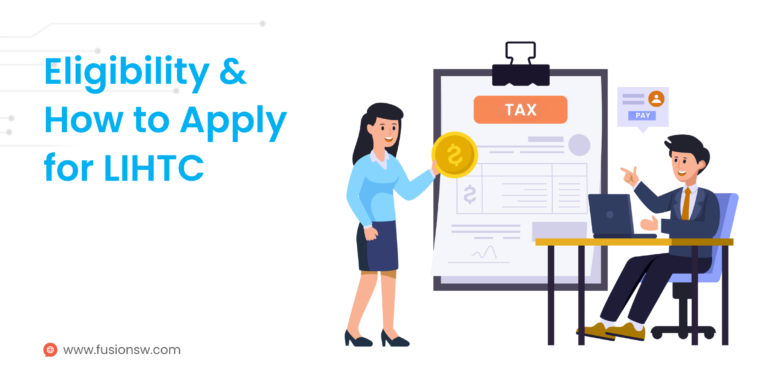Low-Income Housing Tax Credit is a powerful tool for building homes that low-income or moderate-income families can afford.
In this article, we’ll guide you through the complex path of LIHTC applications and help you steer through the complexities of this program.
We’ll start by simplifying what LIHTC is all about. Then, we’ll dive into the nitty-gritty of the application process. By the end, you’ll be ready to begin your journey towards affordable housing.
Step 1: Understanding the State QAP
Start by getting familiar with the Qualified Allocation Plan (QAP) specific to your state. The affordable housing agency of every state updates this plan annually and outlines the rules for Low-Income Housing Tax Credits (LIHTC) eligibility. It details what developers need to qualify and the types of housing they can propose. The Housing Finance Agency (HFA) of every state uses the QAP to ensure projects meet these standards.
By studying the QAP, you’ll understand the minimum requirements your project must meet to comply with regulations. It’s essential for developers to thoroughly grasp this document as it guides navigating the LIHTC application process effectively.
Step 2: Assessing Your Project’s Eligibility for the LIHTC Application
Before applying, knowing if your project qualifies for Low-Income Housing Tax Credits (LIHTC) is important. Affordable housing comes in different types, like apartment buildings or townhouses, all eligible for LIHTC support.
LIHTC projects aren’t just for low-income families; they can also be for seniors, people with special needs, or people without homes. To be considered affordable, tenants shouldn’t spend more than 30% of their income on rent and utilities.
Developers must ensure their project passes an income test and a rent test for tenants. The income test means some units must be set aside for tenants with incomes below certain levels based on the area’s median income. Typically, this means units for tenants with incomes up to 50% or 60% of the area median income.
Rents also need to be affordable. They can’t exceed 30% of either 50% or 60% of the area median income, depending on how many LIHTC units are in the building. These tests ensure LIHTC projects help the right people and stay affordable for tenants.
Step 3: Demonstrating the Financial Viability of the Project
Before submitting your LIHTC application, you must show the financial feasibility of your project to the State HFA or other allocating bodies. This involves clearly understanding your funding sources and demonstrating how your project will be financially sustainable.
Here are some key metrics to consider:
- Gross Potential Income (GPI): This is the maximum revenue your property could generate if all units were rented at the optimal rate. It helps assess your property’s revenue potential.
- Effective Gross Income (EGI): EGI provides a more realistic view of expected revenue after accounting for vacancies and credit loss.
- Annual Operating Expenses (OPEX): Predicting OPEX is crucial and includes management fees, insurance, and landscaping. It’s vital to separate property taxes from OPEX calculations.
- Net Operating Income (NOI): NOI represents the annual net cash flow generated after deducting operating expenses and property taxes. It’s a fundamental metric for evaluating financial health.
- Cash Flow After Financing (CFAF): CFAF reflects the net cash flow remaining after accounting for debt service or financing payments. It’s an important metric for assessing overall project viability.
While these metrics are essential, it’s common for organizations to have dedicated teams to conduct these financial analyses. If you lack in-house resources, consider hiring external consultants to assist with project financing.
Step 4: Filling out the LIHTC Application Online
Once you’re ready to apply for Low-Income Housing Tax Credits (LIHTC), you have to go through an online application process. Here’s what it typically involves:
- Pre-application: Start by signing up for the pre-application stage. You’ll demonstrate your interest and credibility in developing an affordable housing project here. If eligible, you’ll move on to the bidding stage of the LIHTC application process.
- Application: Submit a competitive bid for LIHTC through your State Housing Finance Agency (HFA) online portal. Your application will be reviewed to ensure it aligns with the Qualified Allocation Plan (QAP) set by the state.
- Post-application: If your application is successful, you’ll receive conditional approval from the HFA. Ensure all your documents, including environmental site assessments, funding sources proof, and accessibility certificates, are in order.
After getting conditional approval, you’ll need to gather money or funds from LIHTC investors to use the tax credits for your project. The amount of tax credit your project gets depends on the credit percentage (either 4% or 9%) multiplied by the project’s qualified basis. This qualified basis is the total construction cost of each LIHTC unit minus some fees. Developers often try to make all units LIHTC units to get more funding.
Streamline Your LIHTC Process with Fusion…
As you approach the final stages of your LIHTC application journey, here are some essential things to remember.
First, attention to detail is crucial. Accuracy matters throughout, whether you understand the nuances of the Qualified Allocation Plan (QAP) or demonstrate financial viability.
Consider using technology to streamline your application process. LIHTC software like Fusion can simplify tasks, automate processes, and ensure compliance. This makes the process more efficient and manageable.
Stick to guidelines and use available resources to increase your chances of success. By following these principles, you not only support affordable housing but also set yourself up for a smoother application process.
Remember, each step forward brings you closer to making a real impact in providing affordable housing for those in need.










